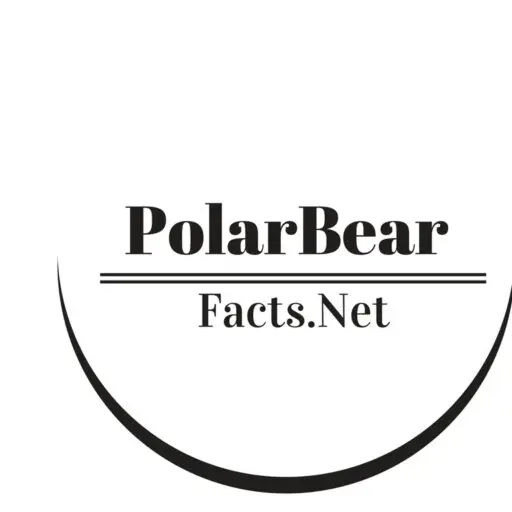The significant part of the polar bear’s digestive system is its stomach which is not only hollow but also muscular—capable of holding as much as 15 – 20% of the body weight. The digestive system of a polar bear is so efficient that it can digest up to 97% of fatty foods. The bear can afford to consume as much fats as it possibly can to survive in the frigid Arctic weather. There are many more facts about the polar bear digestive system that you probably don’t know.
Polar Bear Digestive System
The polar bear digestive system is highly efficient especially in assimilating fat-rich diet. The bear’s stomach is so massive that it contributes 20 – 71% to the overall polar bear’s weight. Studies suggest that bears are able to consume 10% of their body weight in just 30 minutes.
A polar bear’s stomach is well developed to ingest the fatty foods instead of protein-rich diet. One basic reason for its excessive reliability on fats is that the fat digestion generates water.
Sometimes the stomach cannot digest large amount of protein in a way it should which is probably due to the presence of seal hair. The seal’s hair as well as bear’s own hair is likely to limit the stomach efficiency. Polar bear might have swallowed some of its hair while grooming which could become hindrance during digestion. The typical stomach efficiency is was 91.8 +/- 2.4%.
Read More: What Do Polar Bears Eat?
Ice bears never rely on protein-rich diet as a matter of fact adults fancy eating only the blubber of ringed seals while the young bears consume only the meat. This shows that the polar bear’s stomach is well developed to ingest the fatty foods instead of protein-rich diet. One basic reason for its excessive reliability on fats is that the fat digestion generates water. Polar bear make up the deficiency of water through fatty foods. However the protein-rich food requires water. The more they eat meat the greater is the thirst. Freshwater is a rare commodity in the arctic. Besides, in order to find water bears must first consume their energy which can be costly. White bears are thought to be extremely efficient at recycling nitrogenous products of catabolism.
Read More: Polar Bear Metabolism
The polar bear’s stomach is able to digest 97.3% of fat and 83.7% of protein. According to scientists the protein digestion is only limited by the undue presence of either polar bear’s or seal’s hair and bones. The transit time for digesting fatty diet (blubber) is the slowest. Polar bears must take 12,000-16,000 kilocalories each day to remain active. They can obtain this much calories by consuming 2 kg of blubber together with 5 kg of meat.
YOU MIGHT LIKE TO READ?
- POLAR BEAR ANATOMY:The average heart beat rate in adult polar bears is 60 to 90 bpm however in cubs the rate reaches high up to 130 beats per minute.
- POLAR BEAR FEATURES: Polar bears possess the longest snout of all Ursids and there is good reason for this adaptive feature.


